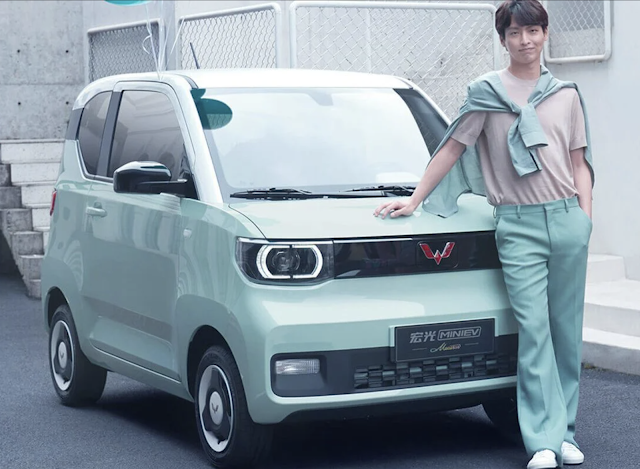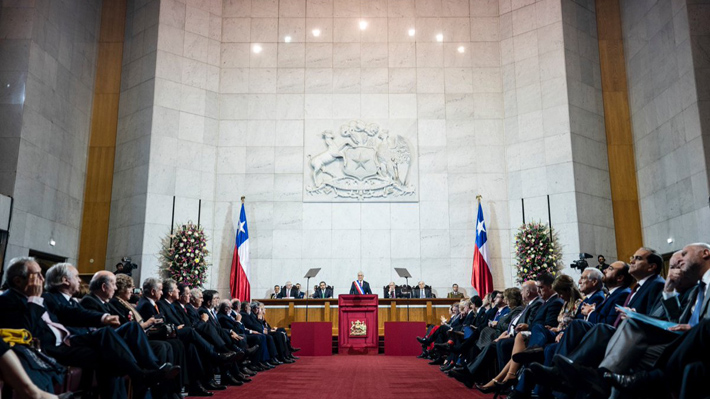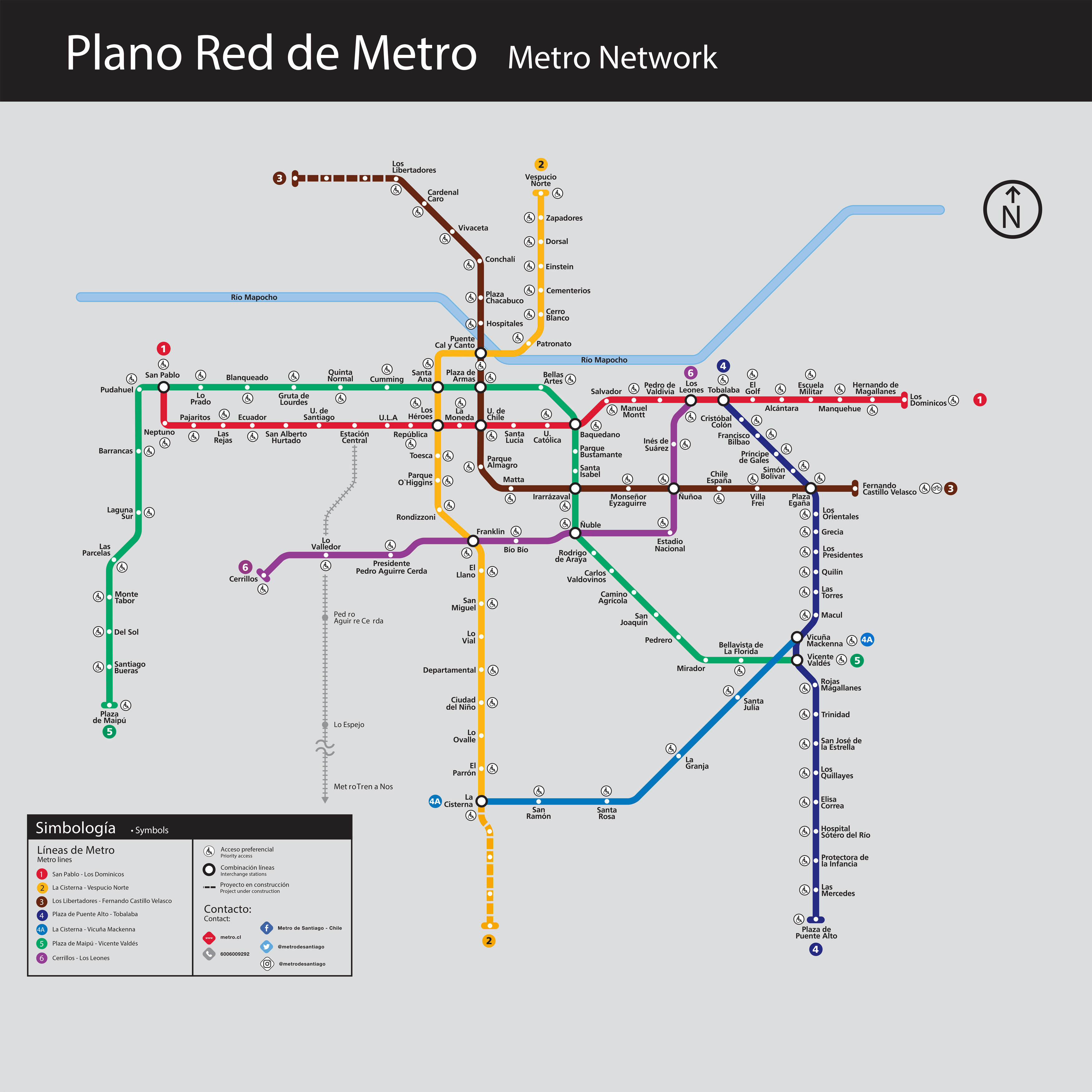The regulations for the Prevention of Air Pollution of Ships seek to control the air emissions of ships and their contribution to local and global air pollution.
The current global limit for the sulphur content of the fuel oil of ships is 3.50% m/m (mass per mass). The regulations to reduce sulphur oxide emissions have introduced a new global limit for the sulphur content of ships, and from January 1st 2020, the new global sulphur content limit will be 0.50% m/m.
Ships can also meet SOx emission requirements using approved equivalent methods, such as exhaust gas cleaning systems or "scrubbers," which "clean up" emissions before they are released into the atmosphere.
Naturally, such compliance requirements entail additional costs and uncertainty in terms of fuel costs for shipments and shipping lines.
Although the BAF surcharge is designed to recover the increases in costs related to the bunker, these compliance costs have not been covered by any of the shipping companies.
Important container lines have already commented that these compliance costs will have to be transferred to customers and/or trade through the implementation of new fuel surcharges or an adjustment to existing ones, which may vary depending on the commercial routes.
Obviously, the first reaction of the international trade has not been favorable.
But do the shipping lines have any other option, since these regulations are aimed at improving the environment and reducing its impact for all?
New International Maritime Organization Regulation
IMO has set a global limit of sulphur content in the fuel oil used on board ships of 0.50% mass / mass as of January 1st, 2020. The implementation of this limit will significantly reduce the amount of sulphur oxide coming from the ships, which will imply important health and environmental benefits for the world, particularly for the populations near the ports.
When did the IMO adopt the rules to control air pollution caused by ships ?
IMO has worked to reduce the harmful effects of maritime transport on the environment since the 1960s. Annex VI of the International Convention for the Prevention of Pollution from Ships (MARPOL Convention) was adopted in 1997 to address atmospheric pollution caused by maritime transport.
What are the limits of sulphur content provided in the rules ?
The global limit of the sulphur content of the current fuel oil of ships is 3.50% m/m. The new global limit will be 0.50% mass / mass and will be applied from January 1st, 2020.
Can this date change ?
The date appears in the MARPOL treaty. So it can only be modified by an amendment to Annex VI of the MARPOL Convention. This would require an amendment proposal to be submitted by a Member State that is a Party to Annex VI. The amendment proposal would then be circulated and finally adopted by the MEPC. An amendment to the MARPOL Convention is required to be circulated for at least six months prior to adoption and to enter into force after at least 16 months after adoption. Given that Parties in Annex VI of the MARPOL Convention decided in October 2016 to implement in the 2020 term, a proposal of this type is not expected to be presented.
So, can implantation be delayed ?
No, there can be no change in the implementation date of January 1st, 2020 as it is too late to modify the date and for a new date to take effect before January 1st, 2020.
However, IMO Member States will work in relevant IMO technical bodies to address all issues that may arise with respect to ensuring consistent implementation.
When was the date of January 1st, 2020 decided ?
The date of January 1st 2020 was established in the rules adopted in 2008. However, a provision was adopted requiring IMO to conduct a review on the availability of low sulphur fuel to use by ships, with the aim to assist Member States in determining whether the new lower limit to the global limit of sulphur emissions from international maritime transport could effectively enter into force on January 1st 2020 or be deferred until January 1st 2025.
The IMO Marine Environment Protection Committee (MEPC 70), in October 2016, decided the limit of 0.50% will apply as of January 1st, 2020.
What will this new maximum limit mean for ships ?
With the new maximum limit, vessels must use on board fuel oil with a sulphur content not exceeding 0.50% mass / mass, compared to the current limit of 3.50%, which has been in force since January 1st 2012.
The interpretation of "fuel oil used on board" includes that used in main and auxiliary engines and in boilers.
How can ships comply with low sulphur emission standards ?
Vessels can comply with the prescription using fuel oil with a low sulphur content.
In addition, an increasing number of ships also use gas as fuel, since the emissions of sulphur oxides they produce are of negligible nature, which has been recognized in the elaboration of the International Code for ships that use gas or other low-flash point fuels (IGF Code), which was adopted in 2015.
Another alternative fuel is methanol, which is used in some short sea shipping services.
Vessels can also meet the requirements for SOx emissions by using some of the approved equivalent methods, such as exhaust gas cleaning systems, or "scrubbers" that "clean up" emissions before they are released into the atmosphere.
What controls will be put in place once the global limit comes into force ?
Ships that have fuel oil for use on board ships must obtain a fuel delivery note, which will establish the sulphur content of the fuel oil supplied. Samples may be taken for verification.
Each Flag State will have to issue to ships an International Air Pollution Prevention Certificate (IAPP Certificate).
This certificate includes a section indicating that the vessel uses fuel oil with a sulphur content that does not exceed the applicable limit value as recorded in the fuel delivery notes, or that uses an equivalent provision.
Port States and riverbanks may use supervision by the Port State to verify that the ship complies with the rules. They could also use surveillance - for example, aerial surveillance - to evaluate smoke columns and other techniques to identify possible infractions.
What sanctions will be applied in case of non-compliance ?
Sanctions will be established individually by the Parties to the MARPOL Convention as flag States and port States. The IMO does not establish sanctions or fines: it is up to each Party.
What additional measures will be put in place to encourage a consistent implementation ?
The implementation belongs to the field of competence and responsibility of the Administrations of flag States (States governing ports / coastal States). Ensuring uniform and effective implementation of the sulphur content limit of 0.50% mass / mass by 2020 is a high priority.
What is currently the average sulphur content in the fuel oil used on board the ships ?
IMO monitors the sulphur content of the fuel oil used on board ships worldwide. Samples are taken of residual fuel oil (the "heavy" fuel normally used in ships), as well as of the distillate fuel ("light" fuel, with low sulphur content, which is normally used in emission control areas that have limits stricter for sulphur emissions).
The latest figures showed that the average sulphur content of the residual fuels analyzed in 2016 was 2.58%. The average sulphur content worldwide of the distillate fuels was 0.08%.
Where can I find more information related to the sulphur rules ?
Find more information here:
Source: International Maritime Organization (IMO)




















